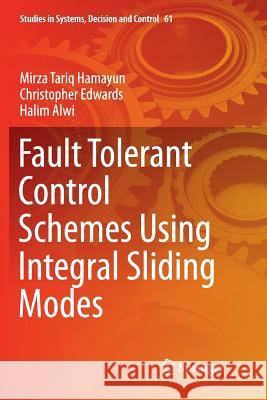Fault Tolerant Control Schemes Using Integral Sliding Modes » książka
topmenu
Fault Tolerant Control Schemes Using Integral Sliding Modes
ISBN-13: 9783319812311 / Angielski / Miękka / 2018 / 199 str.
Kategorie:
Kategorie BISAC:
Wydawca:
Springer
Seria wydawnicza:
Język:
Angielski
ISBN-13:
9783319812311
Rok wydania:
2018
Wydanie:
Softcover Repri
Ilość stron:
199
Waga:
0.31 kg
Wymiary:
23.39 x 15.6 x 1.17
Oprawa:
Miękka
Wolumenów:
01
Dodatkowe informacje:
Wydanie ilustrowane











